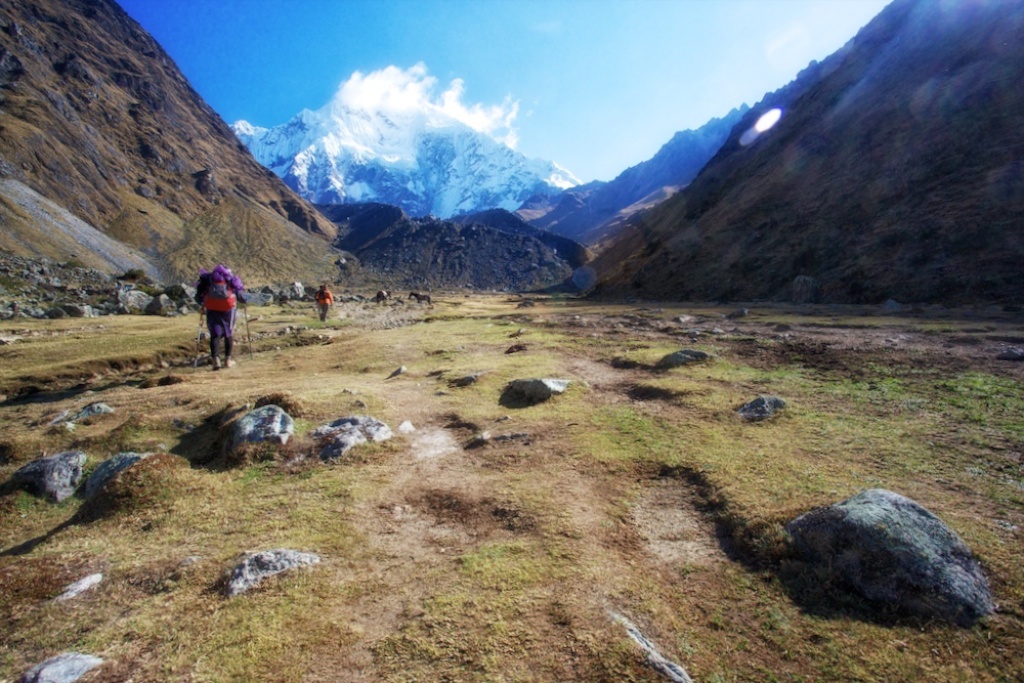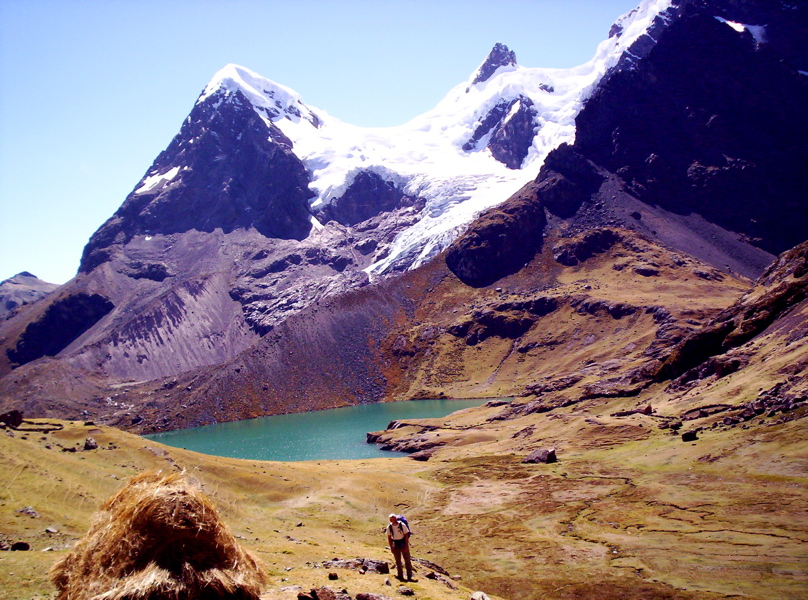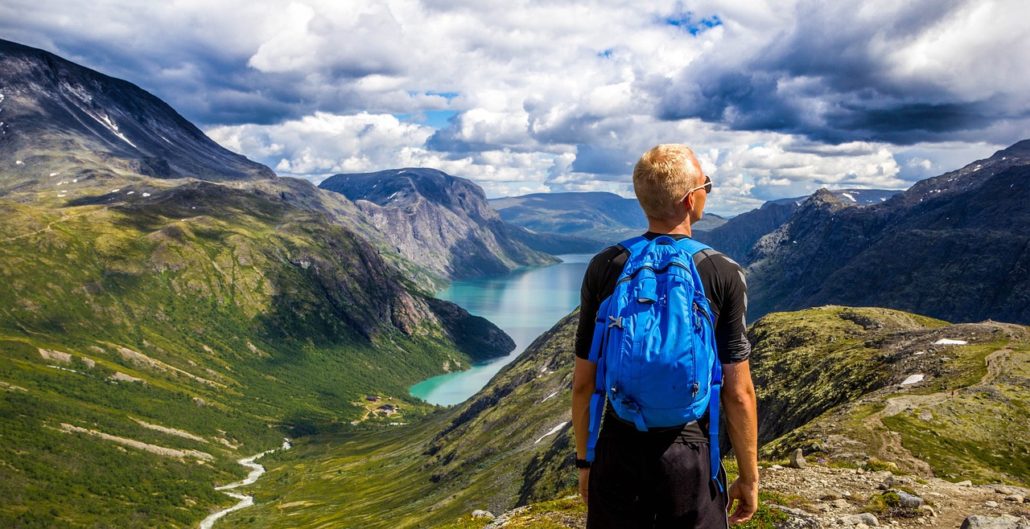The world of dogs is overflowing with tail-wagging joy, boundless energy, and an insatiable curiosity for the world unknown. Having your canine companion accompany you on adventures, especially across higher altitudes, promises an enthralling experience. However, the change in elevations has its share of challenges. Envision a world with crisp mountain air greeting your pup’s eager nose, paws that press onto the fresh trails, and excitement sparks in each step. No other feeling can match this. But with high altitudes comes new challenges, especially for the small dog breeds like a Cavapoo puppy. Taking proactive steps to make your furry buddy comfortable can transform any regular trip into a lasting memory.
Elevating Your Dog’s Comfort in the Mountains
Endless explorations, stunning trails, and wagging tails set the tune right for high-altitude adventures. We will now share a few strategies that will help your pup stay comfortable regardless of how high you venture.
Prepare for Adventure with Altitude Training
Preparing your dog early for high-altitude adventures starts long before you even hit the trails. Gradual exposure to physical activities can help build their muscle strength and stamina, preparing them for the rugged terrains. Furthermore, integrating yoga for dogs into their training can boost their calmness and flexibility, making it easier for your pup to adapt well to the altitude changes. Practicing those gentle stretches together can help strengthen muscles and build relaxation. These are the keys to enjoying those hours-long hikes together.
It is important to keep a close watch on their energy levels. The common sign of their struggle is heavy panting and lethargy. It is common mainly for the brachycephalic breeds like a French Bulldog. Ensuring to keep the initial hikes short and rewarding them with treats and water can turn this experience highly motivating as well as enjoyable.
Hydration: A Lifeline at High Altitudes
During the hiking journeys, thirst strikes faster at higher altitudes for you and your pup. Dehydration starts happening without any warning when the air turns cool and dry. Always ensure to pack a lot of water and offer it frequently. Bringing along a collapsible bowl is the real deal breaker, as it helps them sip effortlessly without pausing.
Also, ensure that their water breaks infuse them with a sense of adventure by picking up scenic spots along the trail. Reward them with encouragement and gentle pets while they drink, as this builds a positive reinforcement around hydration. Furthermore, adding a touch of low-sodium broth to their water can improve the appeal if they appear hesitant.
Keep Those Paws Happy and Safe
The rocky, rough trails have proven challenging even for the toughest paw pads. Before you start the journey, try applying a protective balm to create a barrier against temperature extremes and abrasions. Dog-friendly paw wax is effective for rough terrain or icy conditions.
Also, training your dog to wear boots right before the trip can save a lot of trouble on the trail. Make them practice wearing the boots during those short walks at home. Boots that fit well can safeguard against sharp rocks or hot surfaces while preventing excessive paw licking, which is often caused by injury or irritation.
Layer Up: Fashion Meets Function
Brisk winds and chilly mornings demand practical yet stylish solutions. Always dress your dogs in breathable, lightweight layers to preserve warmth instead of stifling movement. A moisture-wicking base layer with an insulated jacket will optimize their mobility and comfort.
The bold shades look sharp and improve visibility, which is important when spotting your pup in rugged terrain. The fleece-lined boots will guard against rocky paths and freezing grounds, safeguarding their paws against the rough elements. Also, search for adjustable designs that fit snugly without limiting movement.
Fuel the Adventure: High-Energy Snacks
Climbing mountain trails requires energy, and your dog needs extra fuel to meet the demands of the altitude. Calorie-dense, high-protein treats are ideal for trail breaks. Pack things such as jerky strips, freeze-dried meat bites, and energy bars created explicitly for canines.
Make a game of snack time and turn it into a party. Throw treats into the air and watch your dog leap for joy as he/she catches the snack mid-air. And playful moments like that help keep spirits high as they also make sure they stay fueled.
Know the Signs of Altitude Sickness
Dogs can develop altitude sickness, too, just like people. Being vigilant allows you to catch early warning signs and act decisively. Look out for excessive panting, drooling, dizziness, or vomiting. Your dog might also appear more tired or disoriented than usual.
If symptoms develop, the first step is descending to a lower altitude. Provide water and reassurance while you watch for signs of recovery. Have your vet’s number close at hand, in case you need advice.
Embrace Snuggle Breaks and Downtime
Outdoor adventures might drain their energy faster, so ensure that you give sufficient breaks to your dogs so that they can relax without feeling rushed. Also, pack their lightweight insulated blanket to create a comfortable resting spot. These together moments can help refuel energy and strengthen your bond with them.
Also, allow your dog to rest down for a quiet time and belly rubs cocooned by the splendor of nature. These peaceful rest times will remind both of you of the journey’s important to savor the moment of celebrating conquering the peak.
Adjust Your Pace: Let Your Dog Lead
Your dog’s comfort takes priority over the rush to reach the summit. Trust their instincts and follow their lead when they slow down. Use soothing words and a gentle touch to provide reassurance. This way, you decrease the probability of getting tired, and some fruits make the whole experience fun for both of you.
Think about establishing a rhythm for your hike. Walk for a bit, then stop and enjoy the view, along with a break for your dog. Your puppy’s wagging tail makes it keen to keep going, helping to keep the adventure balanced and low-stress.
First Aid Essentials: Be Prepared
Ensure to pack a canine first aid kit specifically tailored for mountain treks. It includes tweezers, antiseptic wipes, bandages, and any prescribed medication. Furthermore, a thermal blanket offers additional warmth at times of emergencies, along with a paw wax stick, which is the best for quick touch-up medications.
Also, ensure to check for any scrapes, cuts, or foreign objects that get stuck in their paws. Taking prompt action to remove debris prevents potential injuries and even discomfort. Also, remain cautious regarding tick checks, as mountainous areas often host parasites that can hitch a ride.
Celebrate the Journey with Rewards
Getting back from the hike does not mean that this was your last journey together. Show your dog how proud you are by treating them to a warm cuddle and a hearty meal. Capture their victory with a couple of photos and celebrate the shared accomplishments.
Enthusiastic praise builds a positive association with high-altitude explorations. Your dog will often feel appreciated and be ready to tackle the new trails enthusiastically.
In Summary: Dog Safety at High Altitude
Adventures at high altitudes with your furry companion offer lasting moments that strengthen the bond you share with them. Each curious sniff, joyful leap, and tail way adds a new chapter to your story together. Emphasizing your pup’s safety and comfort ensures that these adventures are a positive experience enriched with excitement and love. Celebrate the challenges and rewards that arrive with exploring new heights and watching your pup thrive as your loyal adventure companion.




